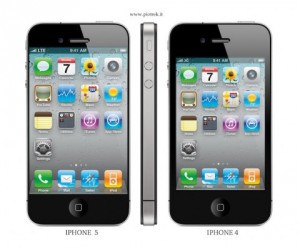Vint Cerf understands the Internet. Widely recognized as one of the two “fathers” of what eventually grew into today’s Internet, Cerf has watched a network launched by the United States Department of Defense grow into an economic powerhouse driving a knowledge-based economy.
Today, Cerf works as an Internet evangelist for Google, promoting the company’s innovation in the next generation of the broadband experience. He brings decades of advice to Internet Service Providers the world over: upgrade your networks. But more importantly, he told attendees of Juniper Network’s Nextwork conference, upgrade exponentially, not incrementally.
Cerf’s remarks Wednesday targeted the conundrum of coping with increasing video traffic on the Internet. Cerf pointed to his employer’s construction of a gigabit fiber to the home network in Kansas City as the best antidote to traffic congestion.
Simply put, Cerf believes bandwidth must be increased exponentially and not through incremental upgrades that try and stay one step ahead of demand. Google intends to prove gigabit fiber broadband is cost-effective and within reach of providers. A side benefit of building next generation networks is the opportunity for innovating new online applications. Many of tomorrow’s online innovations are simply impossible on a constrained, incrementally upgraded network that often requires accompanying traffic limiting schemes.
So far, many providers are considering Netflix and other video traffic a threat to their networks, and are attempting to collect tolls to allow Netflix content to reach subscribers (Comcast), or are considering Internet Overcharging schemes that combine usage caps with overlimit fees to discourage customers from watching too much (AT&T, Time Warner Cable).
At another session held Tuesday, Tim Wu, Columbia University law professor noted efforts by several U.S. providers to do away with all-you-can-use broadband.
Wu said phone companies like AT&T are ideally looking towards replicating the cell phone model on broadband — leaving users to guess how much usage they will rack up over a month, knowing most will be wrong. As the consumer, he noted, you end up buying too much or you face steep overlimit fees for underestimating usage — either way “you are screwed.” Wu called consumption-oriented pricing “abusive.”
Wu also said wireless carriers in particular are uneasy with the open, “ownerless” concept of the Internet. Their instinct is to own, control, and manage networks. Their only success so far is trying to advocate for fast, premium-priced traffic lanes, and slow “free lanes” for everything else — a key reason why many consumers advocate to preserve the open model of the Internet through enforced Net Neutrality.
Wu called these efforts by phone companies to control traffic “dangerous.”


 Subscribe
Subscribe





